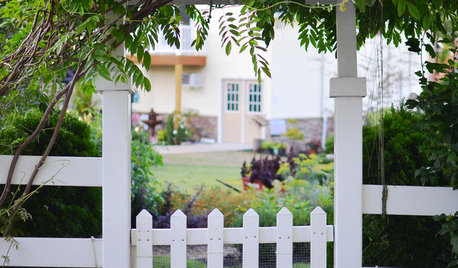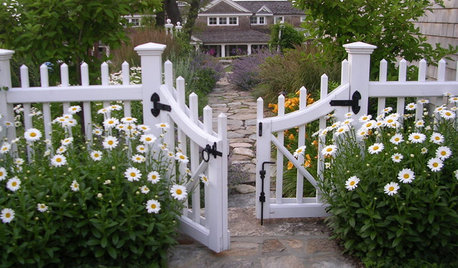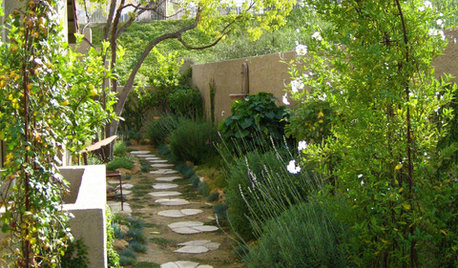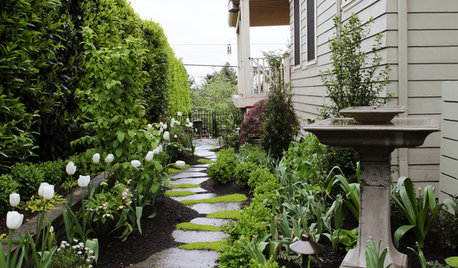My yard
JHazzardB
12 years ago
Featured Answer
Comments (20)
tiemco
12 years agolast modified: 9 years agoJHazzardB
12 years agolast modified: 9 years agoRelated Professionals
Folsom Landscape Architects & Landscape Designers · Roosevelt Landscape Architects & Landscape Designers · Brookline Landscape Contractors · College Park Landscape Contractors · Deer Park Landscape Contractors · Fort Hunt Landscape Contractors · Hendersonville Landscape Contractors · Leicester Landscape Contractors · Live Oak Landscape Contractors · Milford Landscape Contractors · Salem Landscape Contractors · Wayland Landscape Contractors · Glendora Swimming Pool Builders · Jericho Swimming Pool Builders · North Hollywood Swimming Pool BuildersJesse
12 years agolast modified: 9 years agonearandwest
12 years agolast modified: 9 years agotiemco
12 years agolast modified: 9 years agodchall_san_antonio
12 years agolast modified: 9 years agotiemco
12 years agolast modified: 9 years agonearandwest
12 years agolast modified: 9 years agodchall_san_antonio
12 years agolast modified: 9 years agoJHazzardB
12 years agolast modified: 9 years agotiemco
12 years agolast modified: 9 years agorobbzx12
12 years agolast modified: 9 years agotiemco
12 years agolast modified: 9 years agorobbzx12
12 years agolast modified: 9 years agotiemco
12 years agolast modified: 9 years agotexas_weed
12 years agolast modified: 9 years agolou_spicewood_tx
12 years agolast modified: 9 years agotexas_weed
12 years agolast modified: 9 years agoJHazzardB
12 years agolast modified: 9 years ago
Related Stories

FRONT YARD IDEASWelcome Edibles Into the Front Yard for Fresh Food and More
Give your front yard design a boost and maybe even make new friends by growing fruits and vegetables
Full Story
LANDSCAPE DESIGN15 Great Ideas for a Lawn-Free Yard
End the turf war for good with hardscaping, native grasses and ground covers that save water and are easier to maintain
Full Story
EXTERIORSWhere Front Yards Collide: Property Lines in Pictures
Some could be twins; others channel the Odd Couple. You may never look at property boundaries the same way again
Full Story
BEFORE AND AFTERSSee 6 Yards Transformed by Losing Their Lawns
Wondering whether a turf lawn is the best use of your outdoor space? These homeowners did, and they found creative alternatives
Full Story
BUDGET DECORATING14 Ways to Make More Money at a Yard Sale — and Have Fun Too
Maximize profits and have a ball selling your old stuff, with these tips to help you plan, advertise and style your yard sale effectively
Full Story
CURB APPEAL7 Ways to Create a Neighborly Front Yard
Foster community spirit by setting up your front porch, paths and yard for social interaction
Full Story
MOST POPULARCreative Ideas for Small Front Yards
A little imagination goes a long way in a petite landscape
Full Story
GARDENING AND LANDSCAPING8 Splendid Side Yard Designs
Treat your skinny side yard like the beautiful green corridor it wants to be, with these verdant garden designs as inspiration
Full Story
PATIO OF THE WEEKWater and Fire Mingle in a Canadian Front Yard
If the illuminated moat winding through this Ontario patio doesn't dazzle you, the 8-foot-wide fireplace will
Full Story
MOST POPULAR25 Ideas to Perk Up Your Side Yard
Turn this often overlooked area into an enticing and useful outdoor space
Full StoryMore Discussions







tiemco